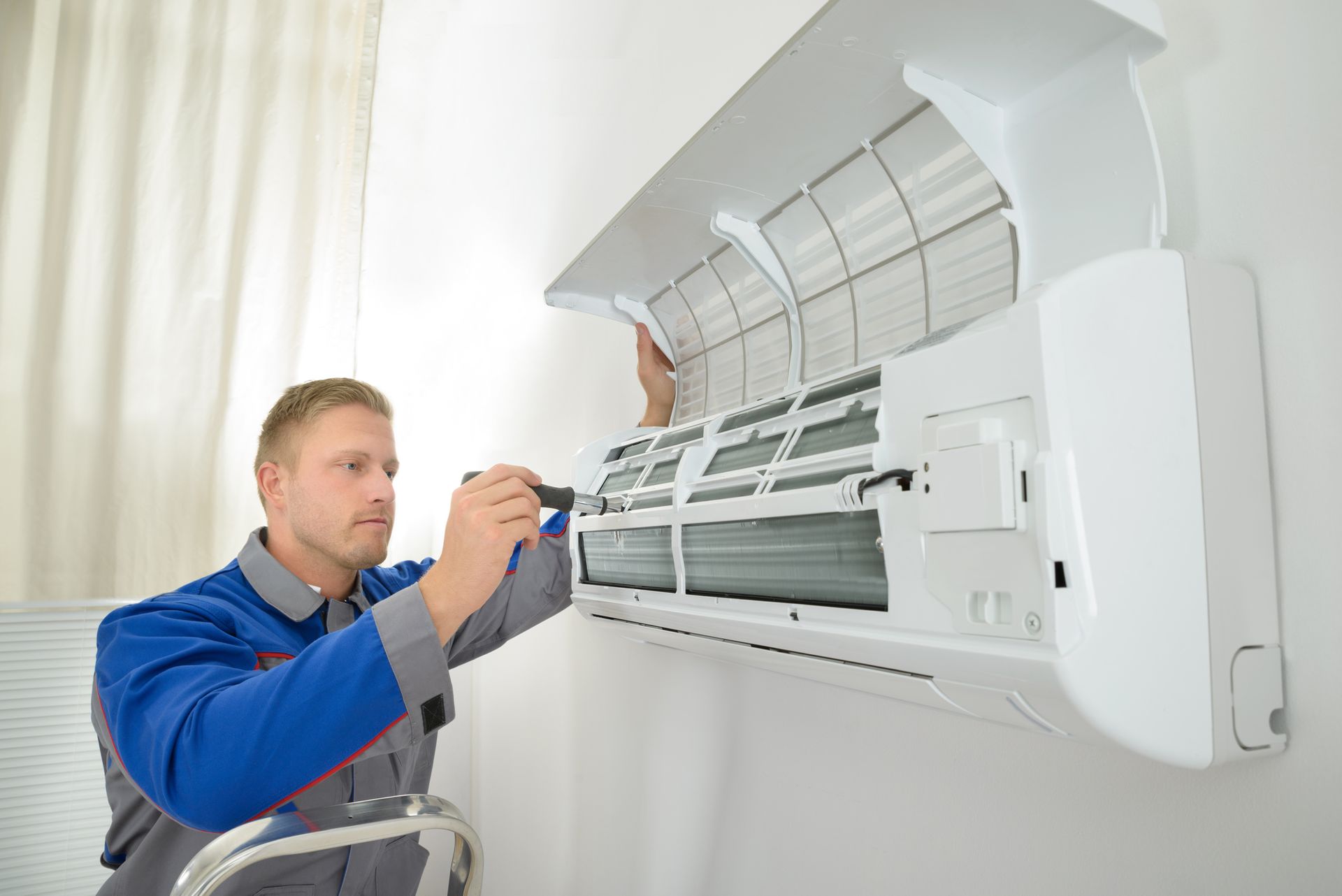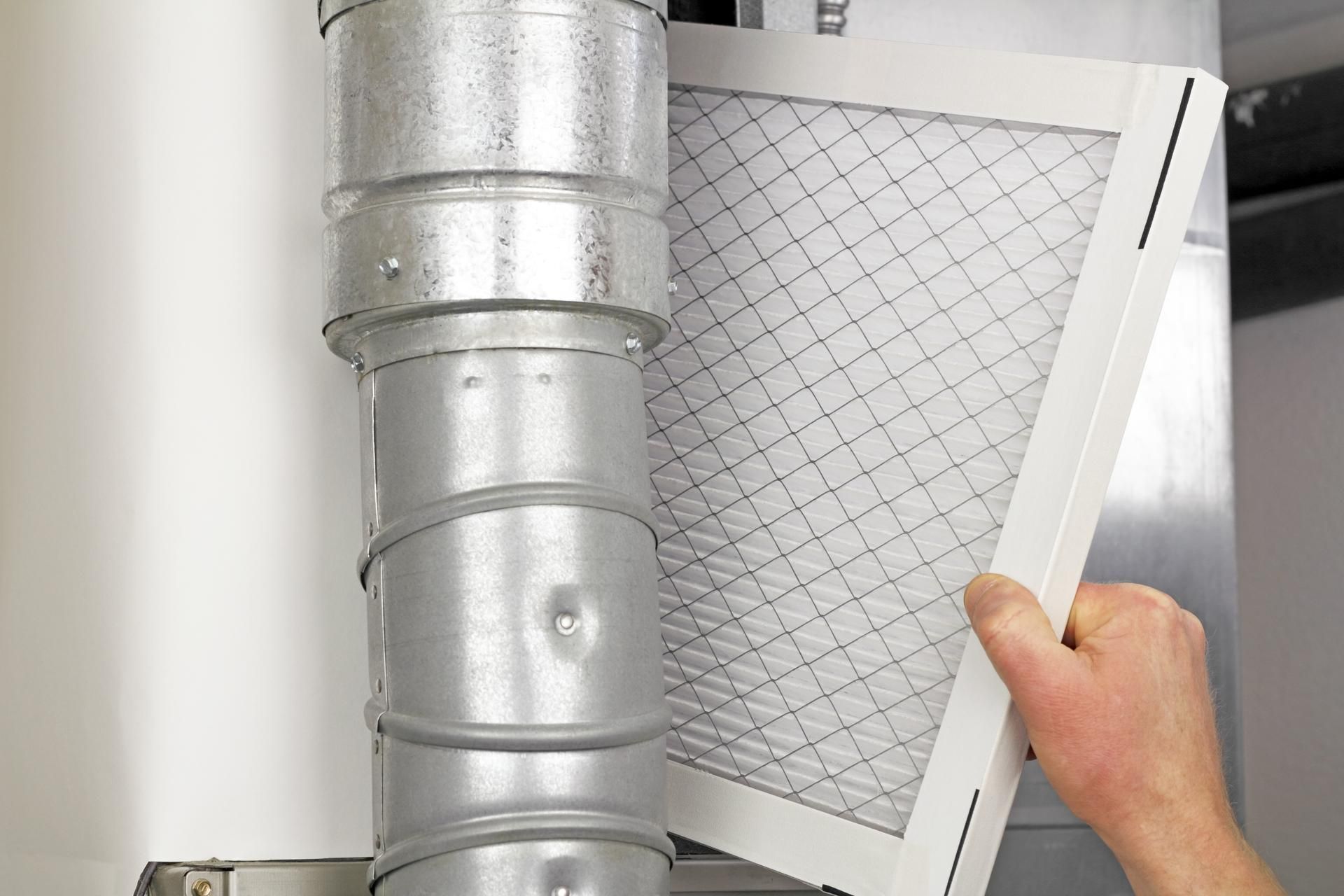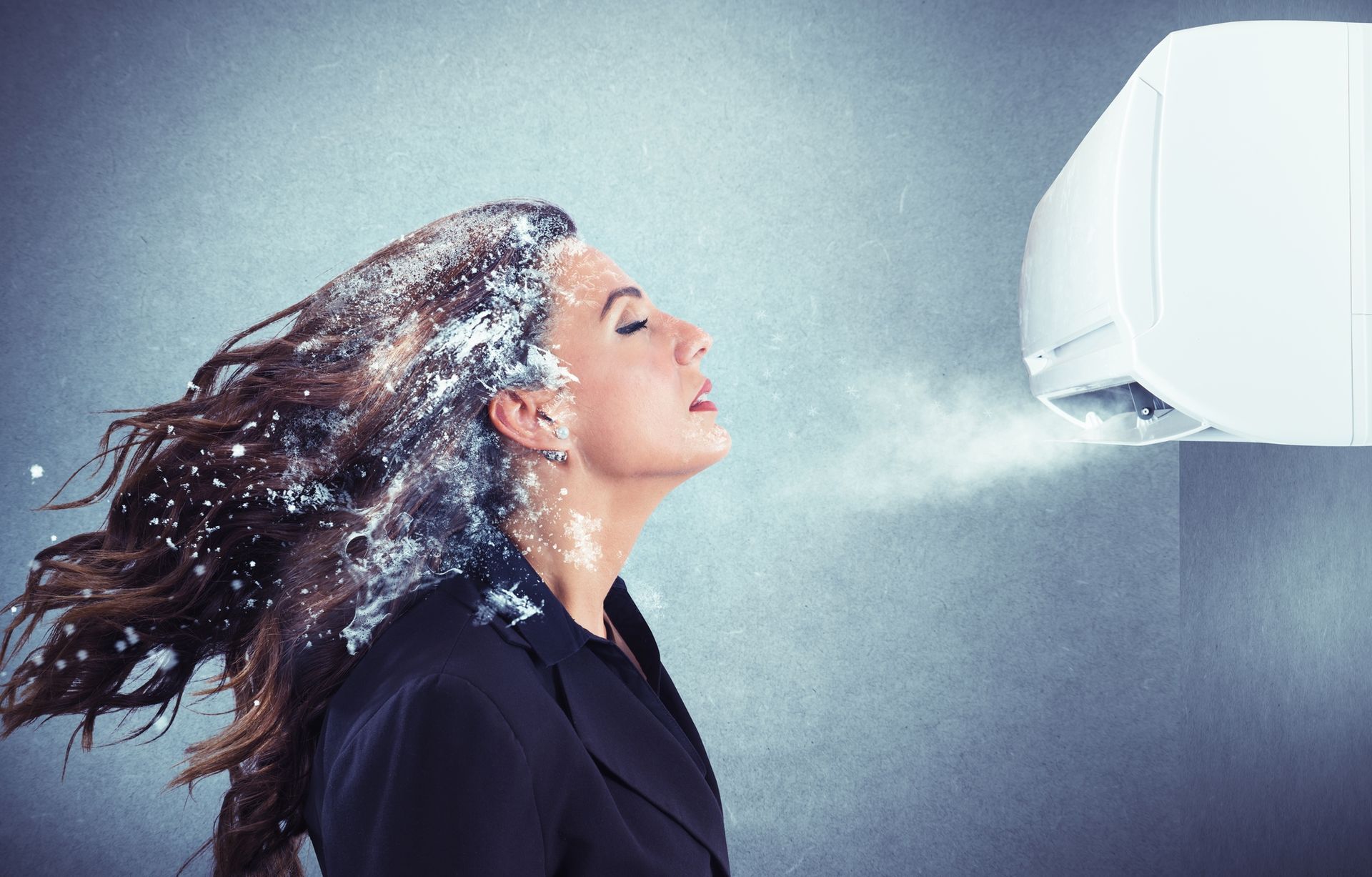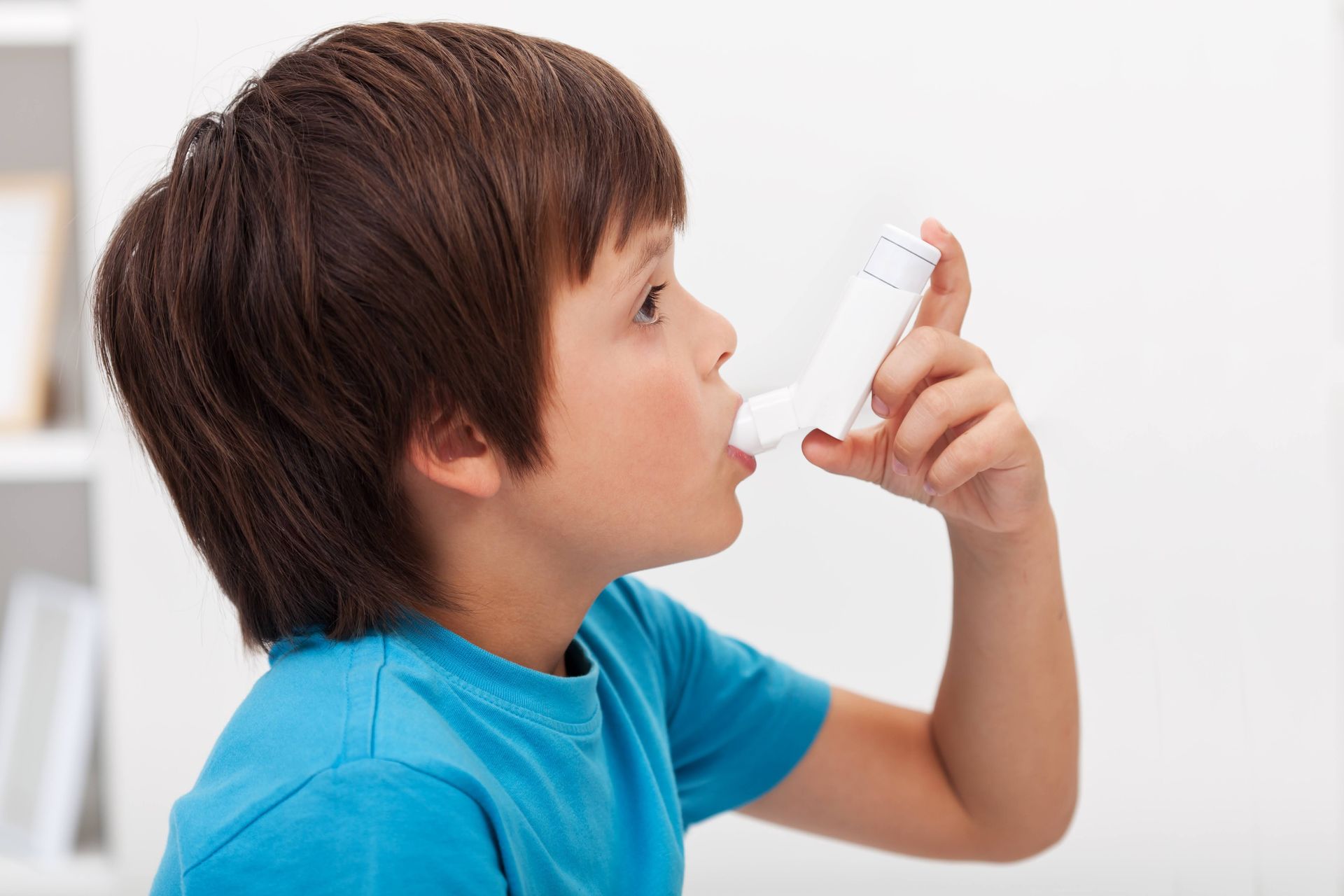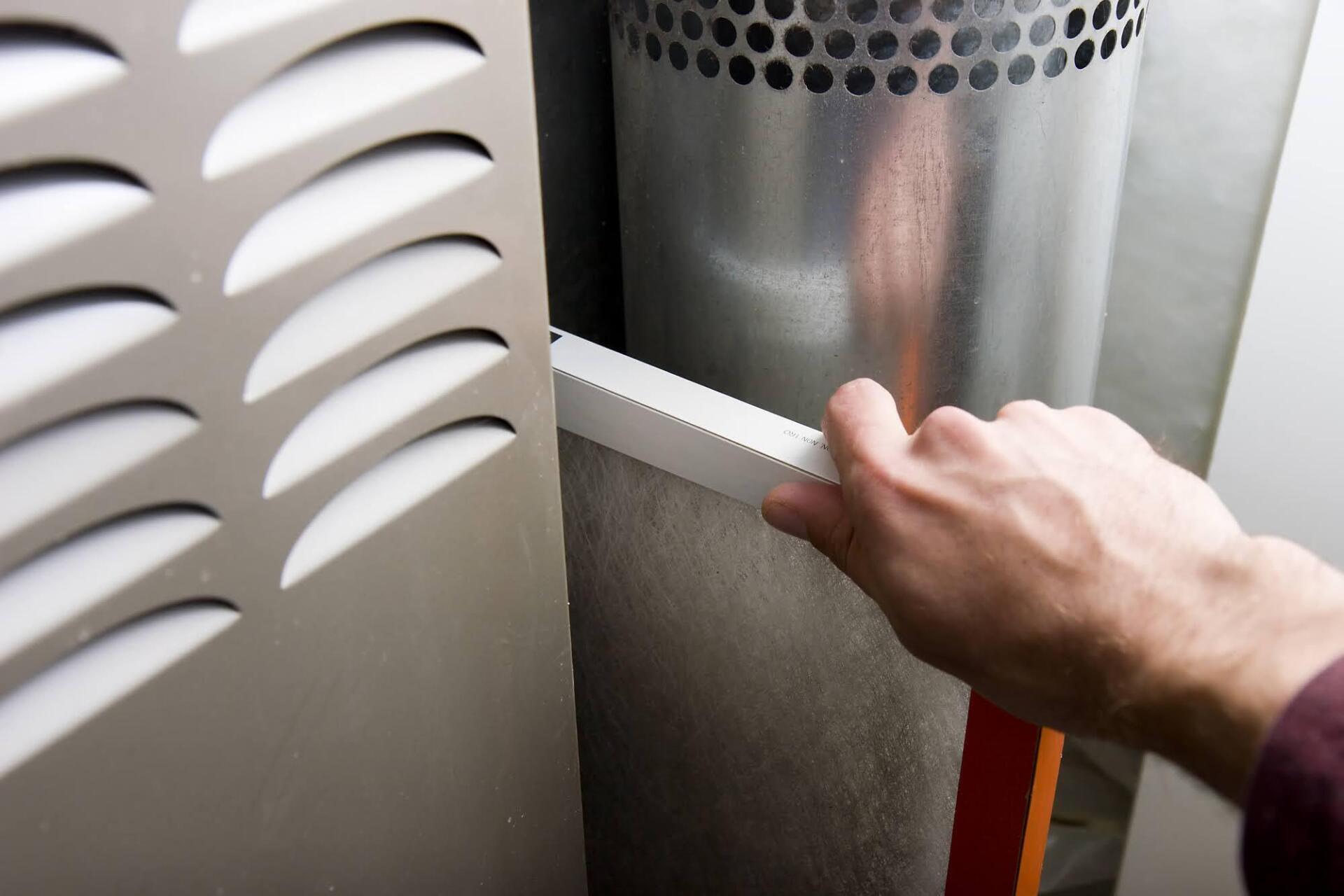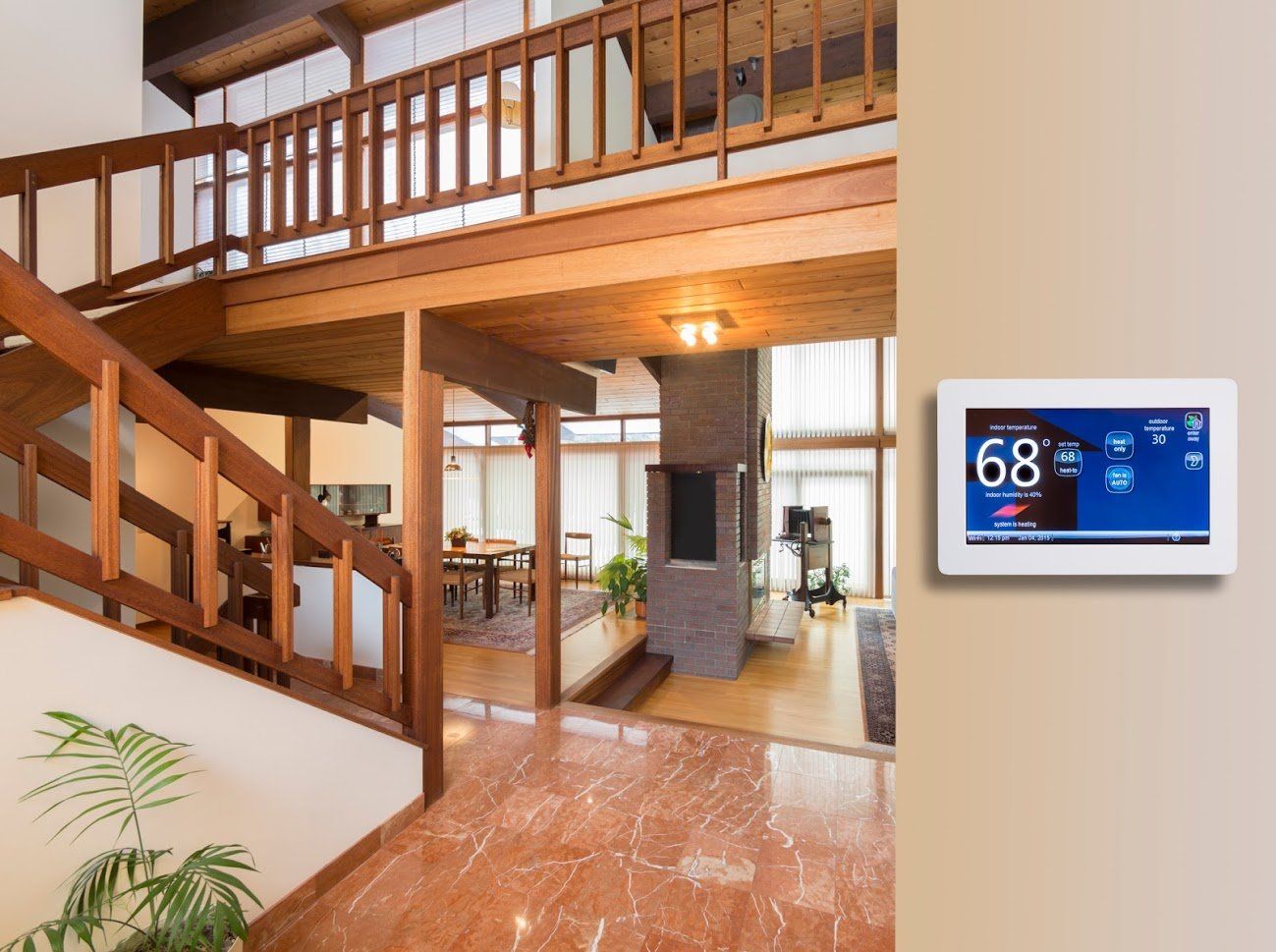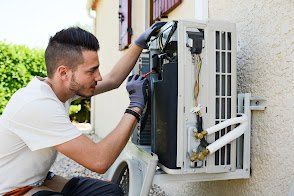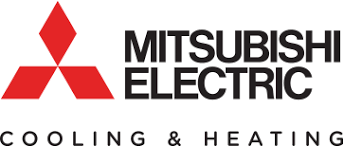6 Signs You Need a Furnace Repair
Admin | December 13, 2021
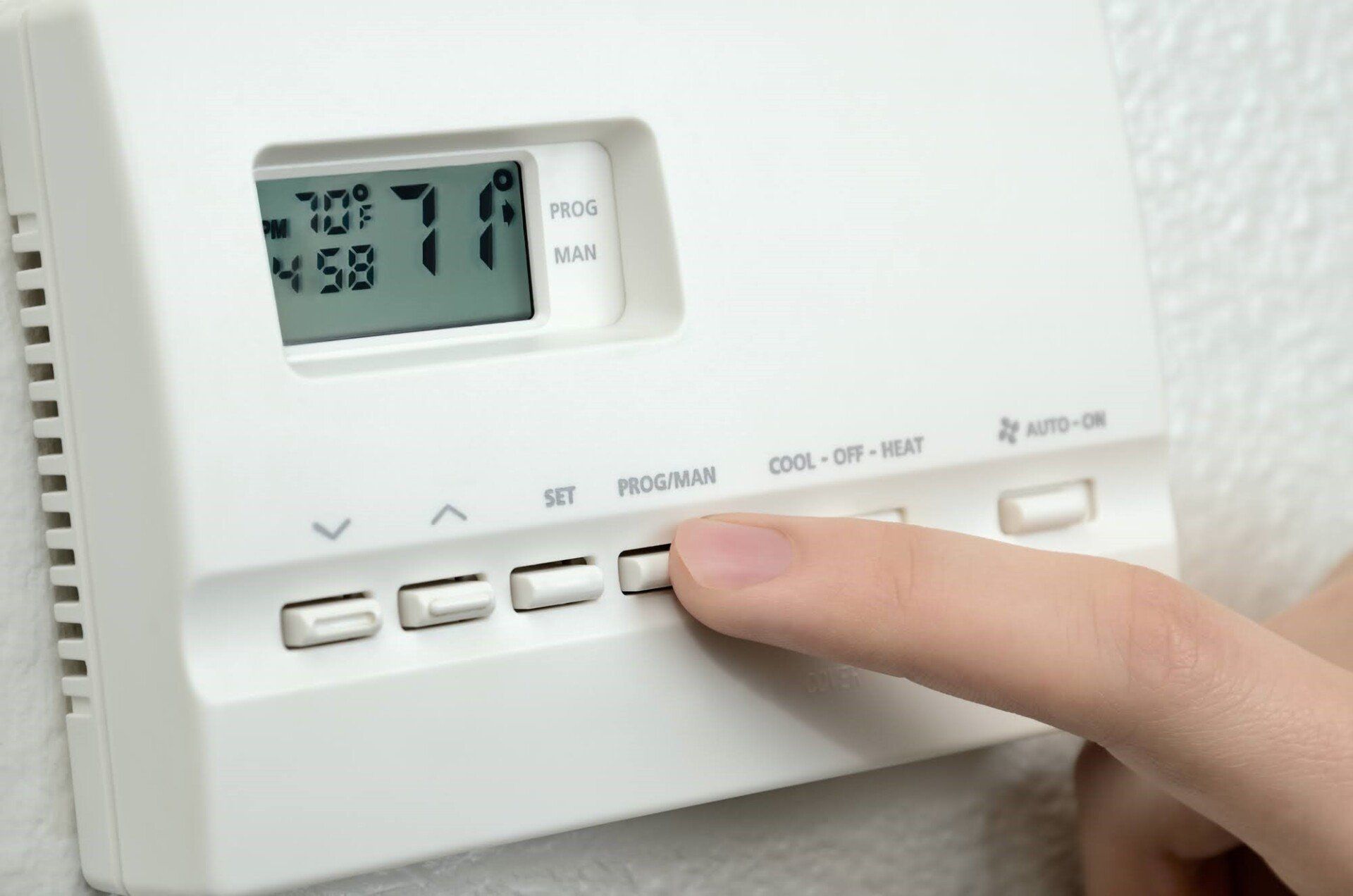
A well-functioning heating system makes winter bearable and even cozy from the comfort of your home. However, the furnace can give out at the wrong time and ruin your winter. While regular maintenance keeps the furnace in optimal shape, repairs are inevitable. Discover six furnace-repair warning signs below.
1. Unusual Smells
While you may notice a pungent smell from the furnace when you turn it on after a long time, the odor should dissipate over a short period of time. A lingering odor or foul smell around the unit signals a more serious issue.
A dirty air filter is a common cause of furnace smells. The buildup of pet dander, dirt, and debris over the warmer months results in musty odors. Fortunately, you can solve this problem on your own by cleaning the filter.
In other cases, furnace odors indicate blockages, overheating, or a cracked heat exchanger. If you have replaced the air filter and the bad odor still exists, contact an HVAC technician for an expert diagnosis.
2. Air Flow Issues
Have an HVAC technician evaluate the heating system if your furnace blows cold air or your home takes too long to achieve the desired temperature. Many homeowners also complain of cold spots in the home, where some rooms are warmer than others.
Many factors can cause cold spots, including leaky ductwork, a dying fan motor, a dirty filter, a clogged burner, or an electrical issue. Contact an HVAC technician to identify and correct the exact furnace problem.
3. Odd Noises
While furnaces are hardly silent, unusual noises often signify serious issues. For example, humming indicates problems with electrical components like the blower motor, transformer, or inducer motor. If you hear bangs or booms as the burner cycles on, the problem is likely delayed ignition due to low gas pressure, a defective ignition, or a burner malfunction.
Squealing sounds are also common, and they indicate worn bearings or belts. Replacement of the bearings and belts may be necessary if an HVAC pro can't correct the issue with a tune-up.
If your furnace emits rattling noises, some of its components may be broken or loose. In this case, an HVAC technician checks the condition of the fan belt, ductwork connection, or panel. Rattling noises can also indicate a cracked heat exchanger. Since unusual noises from your furnace can result from many factors, contact an HVAC pro for a thorough inspection.
4. Carbon Monoxide Alarm Alerts
If your home has an oil or gas-burning furnace, ensure that your carbon monoxide detectors function properly at all times. Frequent alarms from the CO detector are a cause of concern as there may be cracks in the heat exchanger.
The heat exchanger absorbs heat from combustion in the furnace, but it wears out from constant expansion and contraction. The resulting cracks leak air from the combustion into your home's air. Don't ignore alerts from the CO detector. Turn off your furnace and call an HVAC technician immediately.
5. Inflated Heating Bills
A dramatic increase in your heating bill often indicates a faulty furnace. Dirty filters and blocked ducts or vents are common culprits for spiked utility bills, and your furnace may just need a professional tune-up. An HVAC pro can also identify other problems that can balloon into large issues if ignored. Preventative maintenance is the best way to improve your heating system's efficiency.
6. Short Cycling
Short cycling occurs when a furnace turns on and off continuously for short bursts of time. Causes of short cycling include a malfunctioning thermostat, air problems, a blocked flue, or a faulty blower motor.
An improperly-sized HVAC can also result in short cycling, in which case you need a system replacement. Short cycling leads to major furnace repair or high utility bills if not corrected, and you should call an HVAC technician immediately.
Unexpected furnace problems during winter can be frustrating. Not to worry, as all you need is the responsive and expert HVAC team from Central York Corp.
Call us today for expert furnace repair and installation.


